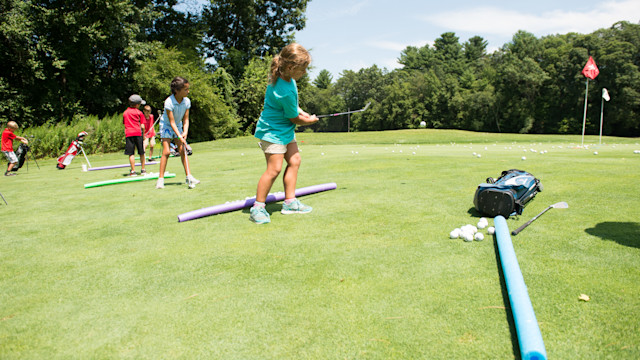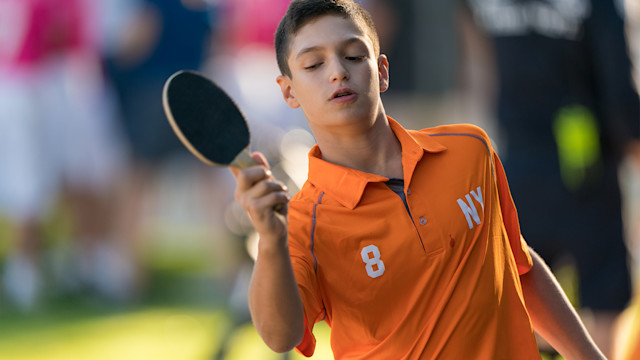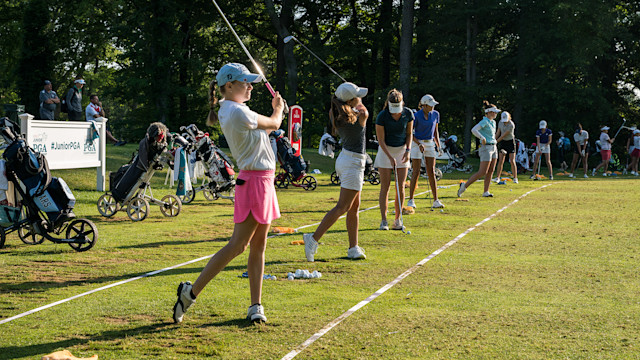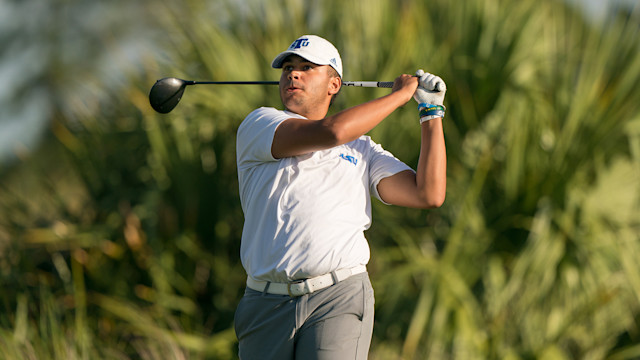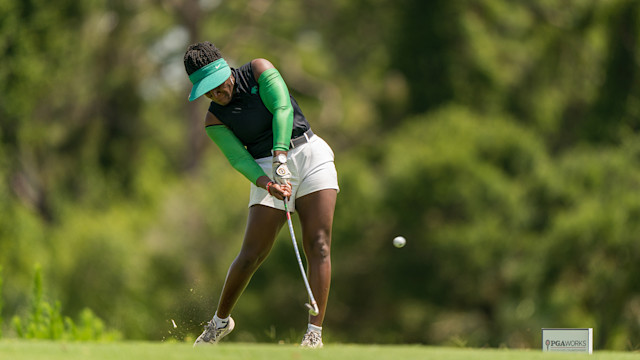From the PGA
American Development Model: Play Golf for Life
Published on

Play Golf for Life
Ages: All ages!
Primary focus: ADM principles don’t stop with graduation. And they don’t start with preschool. Golf is an ageless sport that can be picked up at any stage of life and enjoyed for decades. It’s one of the few sports that grandparents and grandkids can engage in side by side for hours at a time.
What the coach recommends: Pia Nilsson and Lynn Marriott, co-founders of Vision54 and two of the most highly recognized female instructors in the country, have coached nine different major winners and four players who reached No. 1 in the world.
Their advice for any beginner – whether age 5 or 50 – is to get out on the course as soon as possible. Preferably on the first day. Getting a feel for what the course is like makes learning on the practice green or the range more relevant and easier to succeed. Nilsson often lets players swing at the ball first on the course and if they miss, pick it up and throw it. She said it’s easier to integrate lessons on the rules and etiquette while on the course. There’s a better chance for players to become golfers for life if they have a greater understanding of what it’s all about from the start. And that means becoming familiar with the game beyond the practice tee.
Coach says: “We don’t want them to wait to feel like they are golfers. We want them to experience golf right away.” – Pia Nilsson
Primary focus: ADM principles don’t stop with graduation. And they don’t start with preschool. Golf is an ageless sport that can be picked up at any stage of life and enjoyed for decades. It’s one of the few sports that grandparents and grandkids can engage in side by side for hours at a time.
What the coach recommends: Pia Nilsson and Lynn Marriott, co-founders of Vision54 and two of the most highly recognized female instructors in the country, have coached nine different major winners and four players who reached No. 1 in the world.
Their advice for any beginner – whether age 5 or 50 – is to get out on the course as soon as possible. Preferably on the first day. Getting a feel for what the course is like makes learning on the practice green or the range more relevant and easier to succeed. Nilsson often lets players swing at the ball first on the course and if they miss, pick it up and throw it. She said it’s easier to integrate lessons on the rules and etiquette while on the course. There’s a better chance for players to become golfers for life if they have a greater understanding of what it’s all about from the start. And that means becoming familiar with the game beyond the practice tee.
Coach says: “We don’t want them to wait to feel like they are golfers. We want them to experience golf right away.” – Pia Nilsson
Checklist
- Have fun!
- Inclusive programming available for all (age, gender, race, socio-economic status).
- Encouraged to play as often as possible.
- Including physical fitness as part of programming.
- Include social aspects as part of programming.
- Encourage practice and the driving range time for game improvement.
- Encourage individual and group lessons and events.
- Move from highly competitive golf to lifelong competitive sport through club and local fun golf events.
